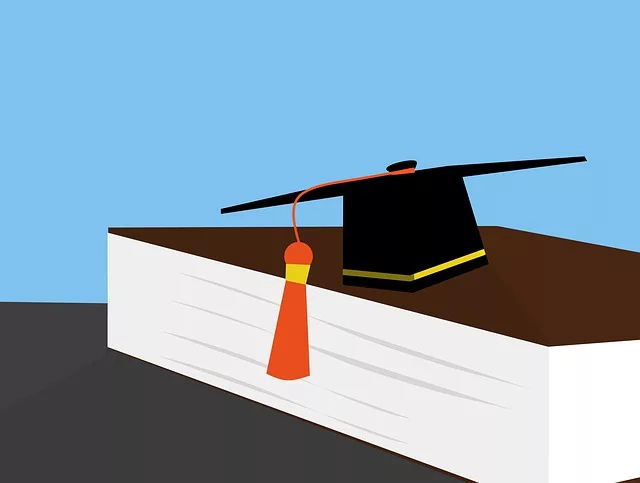VA Home Loan Reform Act Passed by House and Senate

The House and Senate have agreed on a new law, known as the VA Home Loan Program Reform Act. Also known as House Resolution 1815, this legislation establishes a VA Home Loan safety net program to help veterans avoid defaulting on and foreclosing on home loans guaranteed by the Department of Veterans Affairs.
VA loans, like all other mortgage loans, require monthly mortgage payments.
If a borrower experiences financial difficulty and falls behind on VA home loan mortgage payments, they risk default and foreclosure. That is, unless they make other arrangements with the lender for home loan modification, forbearance, or, in the case of the new law, a “partial claim.”
That’s where the VA agrees with the lender to purchase part of the delinquent loan to avoid the veteran being foreclosed upon.
How the VA Home Loan Reform Act Works
When a qualifying VA loan borrower risks losing their home due to loan default and foreclosure, the VA Home Loan Program Reform Act is meant to be a final option for the veteran to avoid losing the house.
ConsumerFinanceMonitor.com notes, “The legislation provides for the purchase by the VA of a portion of indebtedness under a VA home loan secured by the primary residence of the borrower that is in default or in imminent risk of default.”
In plainer language, if a VA borrower is at risk of foreclosure, the Department of Veterans Affairs “would pay to the holder of the loan the amount of indebtedness that the VA determines necessary to help prevent or resolve” a VA home loan default.
“The VA would receive a non-interest-bearing secured interest in the home that is subordinate to the first lien VA guaranteed loan.”
That results in the veteran keeping the home with an agreement to repay the partial claim (which is represented by the subordinate lien) after payments on the original loan are made. For the VA home loan program, the maximum partial claim possible under the 2025 law is typically 25% of the original unpaid mortgage amount.
Other VA Programs
H.R. 1815, the VA Home Loan Program Reform Act, is not the first program that allows veterans to receive financial assistance to prevent losing their homes. In 2025, the Department of Veterans Affairs announced that it would sunset the Veterans Affairs Servicing Purchase program (VASP) on May 1, 2025.
That program, while active, helped veterans with VA home loans who risked foreclosure after the end of COVID-19 mortgage forbearance programs. VASP was considered “a last-resort option for keeping your home when your loan servicer has determined that no other option can help you avoid foreclosure.”
That “last resort” signifier is also being used with the new VA program.
H.R. 1815, the VA Home Loan Program Reform Act, has not yet been signed into law as of press time. Once the President has signed it, it becomes official VA policy. However, at press time, there is no indication of how the program will be implemented and made available to veteran borrowers.
Avoiding Default and Foreclosure on a VA Mortgage
The VA guarantees a portion of each home loan, committing to reimburse the lender for a part of the loan if a borrower defaults. But that is not the outcome most borrowers want. If you are at risk of missing payments or have already done so, the single most important action to take is to contact your loan servicer immediately.
Proactive communication is key. Do not wait for the lender to initiate contact. Your lender should generally prefer to avoid foreclosure due to the costs involved. When communicating with your loan servicer, be open about your financial situation. Try to offer a realistic plan for catching up on missed payments or work with the lender to do so.
Be sure to open and respond to all correspondence from your lender, as early loan default notices often contain details about foreclosure prevention options. The earlier you act, the better your options are. Do you need to know how to avoid home loan foreclosure? The primary options for avoiding VA home loan foreclosure include:
- Repayment Plan: This option allows a borrower who has missed a few mortgage payments to resume regular monthly installments, with an additional amount added each month to cover the missed payments over a set period.
- Special Forbearance: Under this agreement, the servicer temporarily suspends or reduces the borrower’s monthly payments, providing a period of relief to allow for repayment of the missed installments.
- Loan Modification: This provides a fresh start by adding the delinquent amount to the existing loan balance and establishing a new payment schedule.
- Extra Time to Arrange a Private Sale: This option delays the foreclosure process, providing the borrower with additional time to sell their home, with the expectation that the sale proceeds will be used to pay off the loan.
- Short Sale: In situations where the amount owed on the mortgage exceeds the home’s current market value, the servicer may agree to a short sale. This means they accept the proceeds from the home sale, even if less than the full amount owed, as complete payment of the debt.
- Deed-in-Lieu of Foreclosure: This allows the borrower to voluntarily transfer the property deed to the servicer, thereby avoiding the lengthy and often public foreclosure process.
All of the above options reqiure the lender’s participation. The VA Loan Program Reform Act’s option of a partial claim (see the start of this article) is an option of last resort. You’ll need to explore your options in the list above before discussing any VA partial claim with the lender.
About the author
Editor-in-Chief Joe Wallace is a 13-year veteran of the United States Air Force and a former reporter/editor for Air Force Television News and the Pentagon Channel. His freelance work includes contract work for Motorola, VALoans.com, and Credit Karma. He is co-founder of Dim Art House in Springfield, Illinois, and spends his non-writing time as an abstract painter, independent publisher, and occasional filmmaker.


